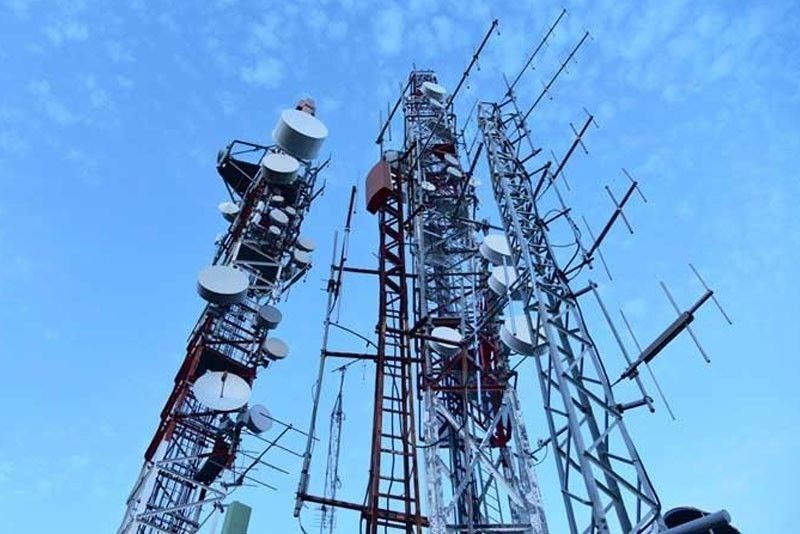DICT adopts framework for Philippines’ digital readiness

MANILA, Philippines — The Department of Information and Communications Technology (DICT) has adopted a framework that outlines measures designed to improve the Philippines’ digital readiness, including the installation of 5,000 towers per year over the next three years.
The connect, harness, innovate and protect or CHIP conceptual framework, which was crafted to enable the country to bounce back better from the pandemic, was presented during the Cabinet meeting at Malacañang last Monday.
“While we have had some good news on this front, with the country now ranked 86th up from 100 in the Speedtest Global Index, the pandemic just emphasized how much work must be done in order to address the increasing demand for ICT infrastructure,” Cabinet Secretary Karlo Nograles said at a virtual press briefing yesterday.
“In this regard, the DICT has adopted the CHIP conceptual framework in order to address these concerns,” Nograles added.
Among the issues that the framework aims to address, according to the Cabinet secretary, are the one-tower-is-to-4,000 households ratio; the minimal use of poles or microtowers and in-building solutions in central business districts; the low number of towers, fiber, backhaul and fiber network and inadequate investment in connectivity in missionary or far-flung areas.
“Following the CHIP framework and ongoing DICT efforts, the government expects an average of 5,000 towers per year to be built over the next three years,” he said.
The government is also planning to fast-track programs and projects, like the national broadband program, the free WiFi for all program and the national government data center, according to Nograles.
He said President Duterte approved last Monday eight proposals submitted by the DICT, including issuing a joint memorandum circular for fiber, common poles and in-building solutions for national compliance; providing a provisional approval for right of way for DICT infrastructure projects, specifically the National Broadband Program Phase 1 and Luzon Bypass Infrastructure; and allowing telecommunications companies to continue work during emergencies.
Also approved were the issuance of a memorandum circular to effect separate health protocols for telco manpower; considering power capacity requirements of telcos or ICT infrastructure; issuance of regulations for a fixed table of regulatory fees imposed by local governments on ICT infrastructure and standard fee for telco installations and repairs at the barangay-level; and urging local governments to fast-track the issuance of certificate of final electrical inspection and to streamline requirements and procedures for shorter turnaround time in processing permits.
“The ultimate objective is to connect the Filipino people, and to provide the means for our kababayans to not just survive, but thrive in the digital age,” Nograles said.
Last month, presidential spokesman Harry Roque said Duterte had asked telcos to continue improving their services to make internet speed in the Philippines at par with those of its regional neighbors.
- Latest
- Trending




























